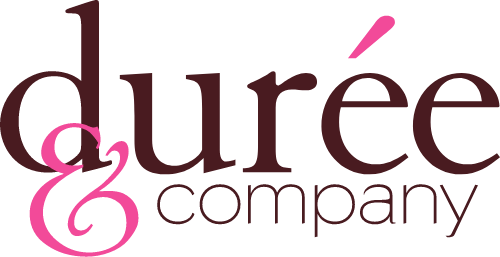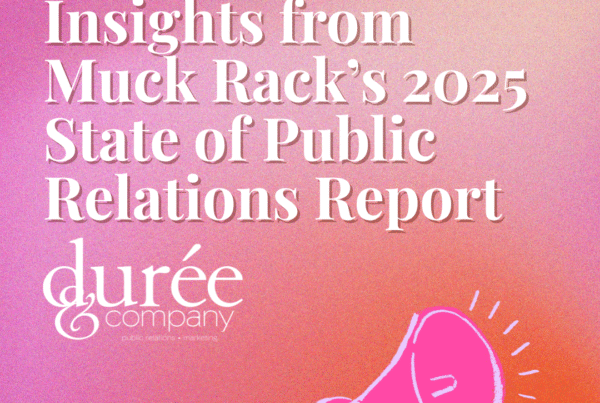Savvy marketing and communications professionals know content is king. Many also know it proves to be an insatiable conquest. For those managing blogs, social media channels,  PR materials, podcasts, videos or other communication vehicles, the need for new and engaging content is never ending. At Fort Lauderdale public relations firm, Durée & Company, our goal is to always help our clients reach their desired audience. Seems easy, right? But if your audience isn’t reading or seeing your content, how do you make that connection? Perhaps the problem lies in how the content is presented.
PR materials, podcasts, videos or other communication vehicles, the need for new and engaging content is never ending. At Fort Lauderdale public relations firm, Durée & Company, our goal is to always help our clients reach their desired audience. Seems easy, right? But if your audience isn’t reading or seeing your content, how do you make that connection? Perhaps the problem lies in how the content is presented.
In years past, getting your published content across was very black and white. You could take out a paid advertisement, or you could pitch a particular story angle for potential editorial placement. Recently, the term Thought Leadership has made its way into our vocabulary as an emerging way to present content. As we see this more and more often, it’s important to know how it differs from traditional editorial and advertising.
What exactly is Thought Leadership?
Thought Leadership is the art of positioning your company as a leader in its field. It’s not editorial, nor is it advertorial. And, although it is a paid opportunity, it differs from an advertorial in its delivery. While advertorials are generally thought of as a means of self-promotion, Thought Leadership pieces are generally written to showcase the value an organization brings to its customers and clients. It also allows an organization to control the content messaging by plugging in key words that ultimately affect SEO.
Thought Leadership pieces are also not editorial, in that they are not news or stories, but instead an evergreen message that communicates the organization’s core ideology. When done correctly, Thought Leadership pieces say, “I understand my clients’ concerns.”
In the age of ad blockers and display ad fatigue (and not to mention a more educated content consumer), Thought Leadership has risen as a genuine way of communicating to your audience that is not self-serving. For example, a piece communicating a recent professional milestone (celebrating 25 years in business, perhaps) and thanking your loyal clientele is a great tactic. The piece can also offer some sage advice on a particular subject (without giving away your trade secrets!) from your company’s leadership team providing value to the reader.
When done well, many may not realize they are consuming a paid Thought Leadership piece. That’s because the message is engaging, demonstrates value to the reader, and most of all, is done in your authentic brand voice.








